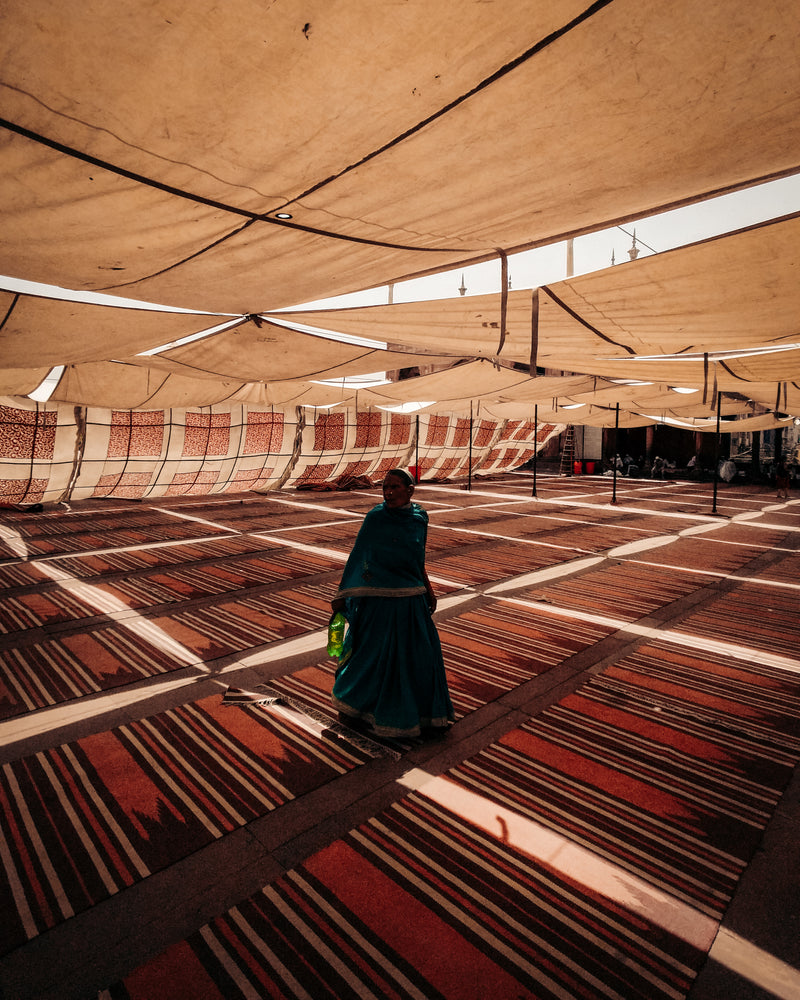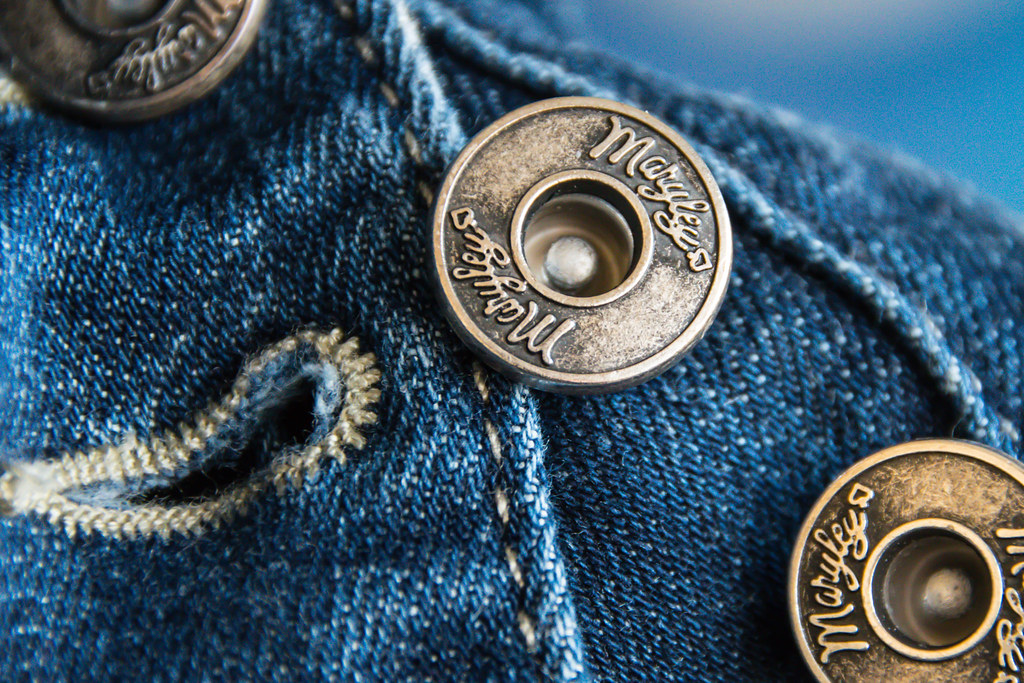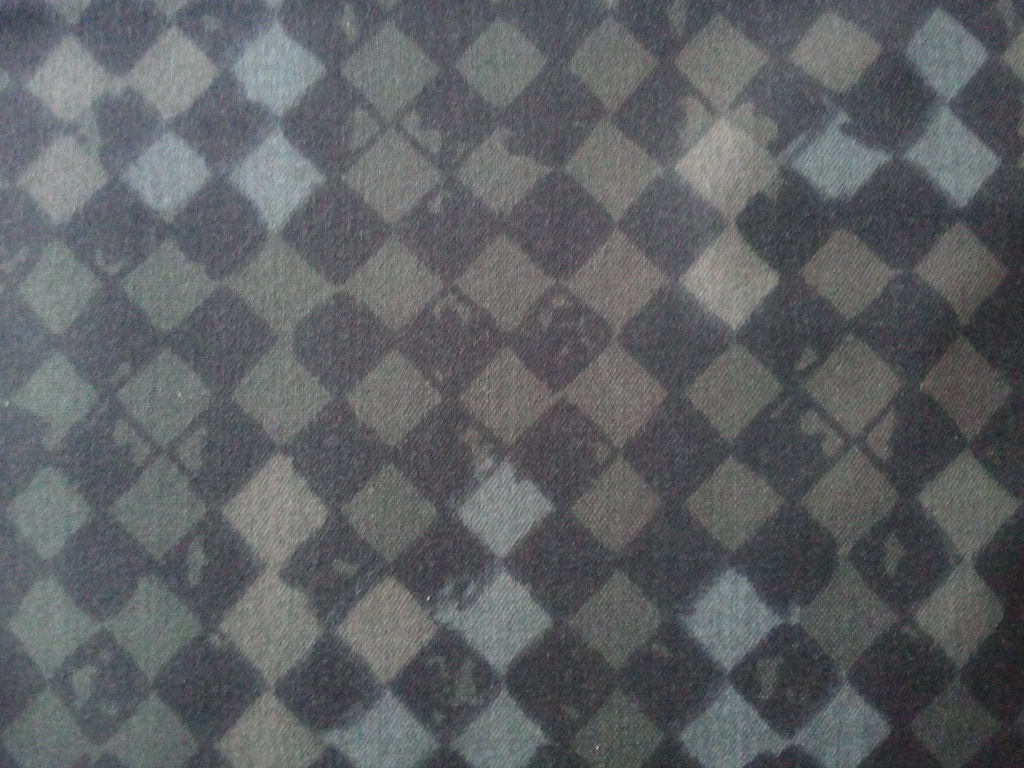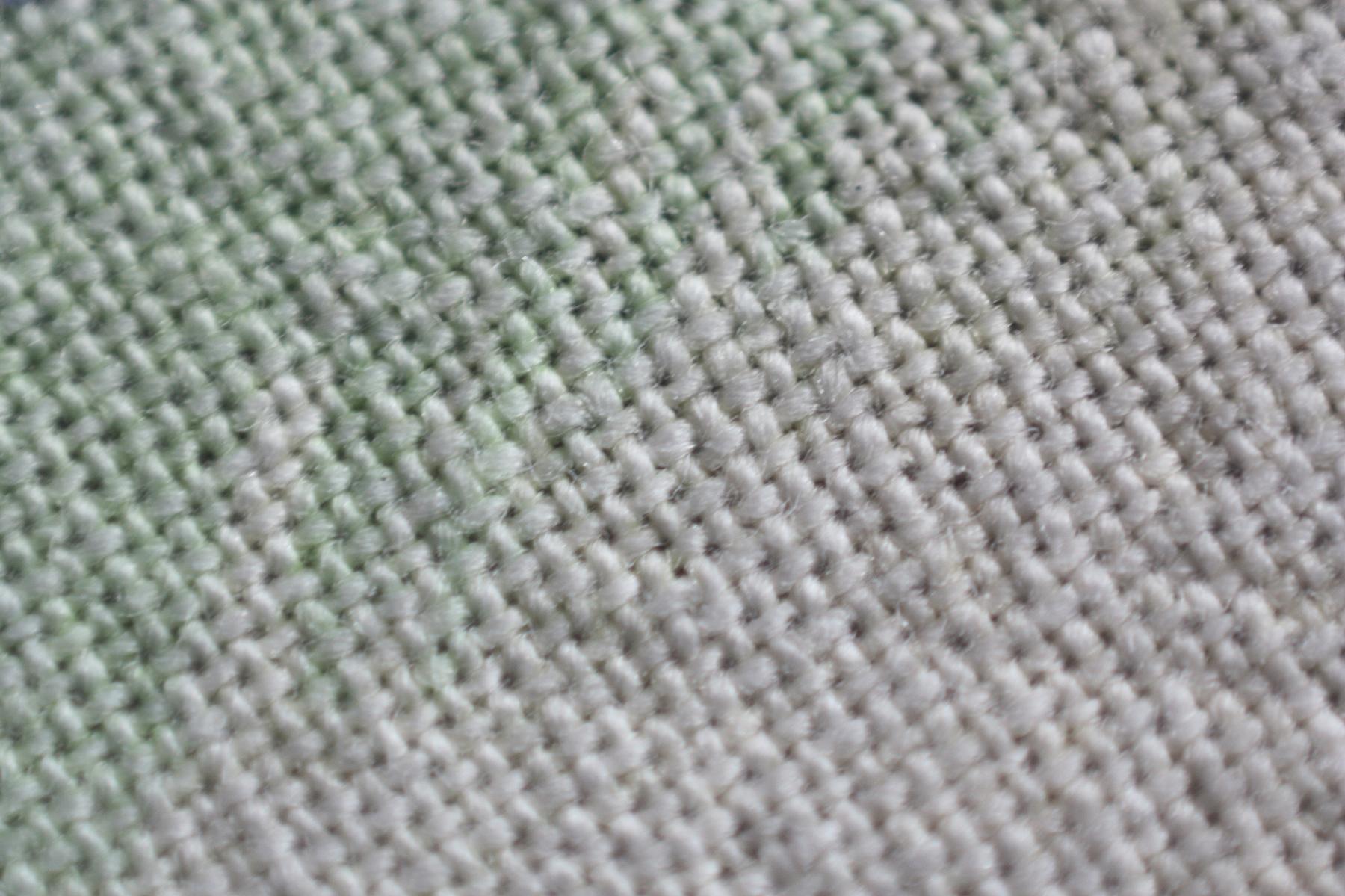The textile industry has been a significant part of human history for centuries, providing us with clothes, linens, and even decorative pieces. However, with the increasing concern for the environment and sustainability, it’s time to rethink our traditional methods of textile production. Revolutionizing the textile industry with sustainable textiles is the need of the hour. From eco-friendly materials to innovative production techniques, there are several ways we can make a positive impact on our planet while still enjoying beautiful and functional textiles. In this blog post, we delve into how sustainable textiles can help revolutionize the interior design industry and why it matters.

What Are Sustainable Textiles and Why Are They Revolutionizing the Textile Industry?
Sustainable textiles are fabrics that are produced with minimal impact on the environment and without compromising the welfare of workers or animals involved in the production process. These textiles are made from natural, renewable, and biodegradable materials such as organic cotton, linen, hemp, and bamboo. They are also produced using eco-friendly methods such as water conservation, reduced energy consumption, and non-toxic dyes.
The textile industry is notorious for its negative impact on the environment due to the use of toxic chemicals, excessive water consumption, and high carbon emissions. However, with the rise of sustainable textiles, there is hope for a more eco-friendly future in fashion and interior design. By choosing sustainable textiles, consumers can reduce their carbon footprint and support ethical practices in the industry. Additionally, incorporating these textiles into interior design can create a healthier living space while also promoting a more sustainable lifestyle.

The Benefits of Incorporating Sustainable Textiles into Interior Design
Sustainable textiles offer numerous benefits when incorporated into interior design. First and foremost, they are environmentally friendly, having been produced with minimal to no harm to the planet. This makes them a popular choice for consumers who prioritize eco-consciousness.
In addition, sustainable textiles often exhibit high-quality performance and durability that rivals their traditional counterparts. They can withstand wear-and-tear while maintaining their integrity over time. Furthermore, sustainable fabrics tend to be hypoallergenic due to their natural origin making them safe for individuals with allergies or sensitivities.
Lastly, incorporating sustainable textiles into your decor also creates a unique aesthetic appeal. These materials have an organic texture and pattern that compliments natural light in any space effortlessly elevating the look of your home or office while simultaneously reducing environmental impact by selecting eco-friendly alternatives in furniture upholstery, curtains or even rugs!
How to Identify True Sustainability in Textiles for Conscious Consumerism
True sustainability is a term often used in the textile industry, but it can be difficult to discern which textiles are actually sustainable. One important factor is the use of natural materials, such as organic cotton or linen, rather than synthetic fibers made from non-renewable resources like petroleum. Another key indicator of sustainability is whether the entire production process, from sourcing to manufacturing and shipping, is eco-friendly and socially responsible.
Certifications like GOTS (Global Organic Textile Standard) and OEKO-TEX offer third-party verification for sustainable practices throughout various stages of textile production. Additionally, some companies have developed their own standards for identifying sustainable textiles.
As conscious consumers become more aware of environmental impact and social responsibility within industries like interior design, demand for truly sustainable textiles will continue to grow. By doing research and supporting brands that prioritize ethical practices and use eco-friendly materials, individuals can make a positive impact on both the environment and society as a whole.
Repurposing and Upcycling: Creative Solutions for Reducing Waste in the Textile Industry
From Waste to Wonder: Creative Upcycling Ideas for Textile Manufacturers
From waste to wonder, creative upcycling has emerged as an exciting solution for textile manufacturers looking to reduce their environmental impact. By repurposing waste materials into new textiles or products, companies can divert waste from landfills and cut down on the need for virgin resources. Some examples of creative upcycling include using discarded denim to create insulation materials or weaving scrap fabric into unique rugs and tapestries. With a little imagination and experimentation, there are endless possibilities for turning textile waste into something beautiful and useful. Incorporating these ideas not only benefits the environment but also adds a touch of uniqueness to sustainable textiles that conscientious consumers will appreciate.
The Art of Repurposing: How Old Clothes and Fabrics Can be Turned into New Sustainable Textiles
Repurposing and upcycling old clothes and fabrics into new sustainable textiles is an innovative solution for reducing waste in the textile industry. By utilizing old materials, designers can create unique pieces that promote sustainability and reduce environmental impact. This process involves using creativity to transform unwanted or unused items such as denim jeans or vintage silk scarves into new products such as rugs, throws, or even fashion accessories. The upcycling process provides a fresh take on traditional techniques by reusing existing materials while avoiding waste generation from discarded fabrics. This approach benefits not only the environment but also supports local economies and communities through job creation opportunities.
Innovative Solutions for Reducing Textile Industry Waste through Recycling and Composting
Innovative solutions for reducing textile industry waste are emerging through recycling and composting. Textile recycling involves collecting used textiles, sorting them based on their materials, and processing them into new products such as apparel, home furnishings or insulation. Composting is another eco-friendly solution which utilizes organic matter from discarded textiles to create nutrient-rich soil amendments for agriculture purposes. By diverting textile waste away from landfills, these sustainable alternatives prevent environmental pollution while conserving resources. With the advancements in technology and consumer awareness about sustainability issues, it’s becoming easier than ever to recycle old clothes or repurpose scraps into new items that can be enjoyed again and again!
Revitalizing the Fashion Industry with Sustainable Textiles Made from Recycled Materials
Sustainable textiles made from recycled materials are a game-changer in the fashion industry. By repurposing materials that would otherwise end up in landfills, these textiles reduce waste and minimize the need for new resources. From plastic bottles to discarded clothing, recycled materials can be transformed into high-quality fabrics that are both eco-friendly and stylish. Brands like Patagonia and Levi’s have already incorporated recycled materials into their products, setting an example for others to follow. By choosing sustainable textiles made from recycled materials, consumers can support a circular economy and make a positive impact on the environment.
The Environmental Impact of Traditional versus Sustainable Fibers
The Harmful Effects of Traditional Fibers on the Environment and Human Health
Traditional fibers like cotton and polyester have a significant negative impact on the environment and human health. Cotton requires vast amounts of water, pesticides, and fertilizers to grow, contributing to soil depletion and water scarcity. Polyester is made from petroleum-based materials that release harmful chemicals into the air during production. Both fibers also take hundreds of years to decompose in landfills, leading to long-term environmental damage. In contrast, sustainable textiles like bamboo or organic cotton are grown with fewer toxic chemicals, require less water for cultivation, and break down naturally at the end of their lifecycle without harming ecosystems or public health.
What Makes Sustainable Textiles a Better Choice for the Planet?
Reduced carbon footprint and less water usage are two of the most significant benefits of sustainable textiles. Traditional fibers like cotton require vast amounts of water and energy to produce, contributing to greenhouse gas emissions and environmental degradation. In contrast, sustainable fibers like bamboo and hemp require significantly less water and can be grown without harmful pesticides or fertilizers. Additionally, sustainable textiles often use recycled materials or natural dyes, further reducing their impact on the environment. By choosing sustainable textiles, we can reduce our carbon footprint and help protect our planet for future generations.
How Eco-Friendly Manufacturing Processes are Transforming the Textile Industry
Eco-friendly manufacturing processes are changing the textile industry by reducing its negative environmental impact. Traditional fibers such as cotton and polyester require excessive amounts of water, energy, and chemicals to produce, while sustainable fibers like bamboo and hemp require significantly less resources to grow and process. Additionally, innovative manufacturing technologies are being developed to reduce waste in the production process. For example, some companies are using recycled materials or converting waste into new textiles through upcycling methods. By adopting these eco-friendly practices, the textile industry can minimize its carbon footprint and contribute towards a healthier planet for future generations.
Embracing Sustainability: Brands Leading the Way in Sustainable Fashion
As consumers become more conscious of the impact of their purchases, many fashion brands are stepping up to offer sustainable alternatives. Eco-friendly fabrics and organic fibers are becoming increasingly popular, with brands like Patagonia and Stella McCartney leading the way in sustainable fashion. These brands prioritize using materials that have a lower environmental impact, such as recycled polyester and organic cotton. By embracing sustainability, these brands are not only reducing their carbon footprint but also setting an example for others in the industry to follow.
The Role of Technology in Developing High-performing, Eco-friendly Fabrics
Technology has played a key role in advancing sustainable textiles. With the development of new materials and technology, textile producers are finding ways to create high-performing fabrics without compromising on sustainability. Eco-friendly fibers, such as organic cotton and recycled polyester, are becoming more widely available due to technological innovations in manufacturing processes. In addition, new materials like Piñatex (made from pineapple leaves) and Apple Leather (made from apple peel waste) offer innovative alternatives to traditional leather that have a lower environmental impact. Advances in dyeing and finishing techniques also enable manufacturers to use less water and toxic chemicals in their production processes, further reducing their carbon footprint. By embracing new technologies with eco-conscious values at heart, textile companies can continue to revolutionize the industry while minimizing its impact on the planet.

Spotlight on Innovative Brands Making Strides with Sustainable Textiles
Spotlight on Innovative Brands Making Strides with Sustainable Textiles**
As the demand for sustainable textiles continues to grow, innovative brands are stepping up to the challenge. One such brand is Patagonia, which has been a leader in sustainable fashion for years. They use recycled materials in their clothing and have even developed a new plant-based wetsuit material.
Another brand making strides is Bolt Threads, which creates sustainable fabrics from spider silk proteins. Their materials are biodegradable and have the potential to replace traditional synthetic fibers.
Eileen Fisher is another brand committed to sustainability, using organic cotton and linen, recycled polyester, and Tencel in their clothing. They also offer a take-back program for their clothes, encouraging customers to recycle or repurpose them.
These brands are just a few examples of the many companies working towards a more sustainable future for the textile industry. By supporting these brands and making conscious consumer choices, we can all contribute to a healthier planet.

A Call to Action: Joining the Movement Towards a More Sustainable Future for Interior Design
It’s time for the textile industry to step up and make sustainable choices. As consumers, we hold a great deal of power in driving change towards a more eco-friendly future. By choosing sustainable textiles for our homes and businesses, we can help reduce waste and preserve natural resources.
But it doesn’t stop there – designers have an important role to play as well. We must prioritize sustainability from the beginning stages of product development all the way through to distribution. This might mean exploring new materials or manufacturing methods that minimize negative environmental impact.
Ultimately, achieving sustainability in the textile industry requires a collective effort between producers, designers, regulators, and consumers alike. Let’s work together towards a brighter future where eco-friendly fabrics are not just an option but the standard in interior design.
In conclusion, sustainable textiles are not just a passing trend in the textile industry. They are a necessary step towards creating a more eco-friendly world and a future for interior design that is both beautiful and responsible. By incorporating sustainable fabrics into our homes and businesses, we can reduce waste, limit our environmental impact, and promote conscious consumerism. However, it’s important to do your research before purchasing any fabric claiming to be “sustainable.” Look for certifications and transparent supply chains to ensure that you’re truly making an ethical choice as a consumer. Together with innovative brands pushing boundaries in sustainability and the power of technology advancing high-performing eco-friendly materials, we can make great strides towards revolutionizing the textile industry one thread at a time. Let’s join together in this movement towards creating a brighter tomorrow for ourselves – and the planet!
FAQ
Who is working on sustainable textiles?
Many fashion brands and textile companies are investing in sustainable textiles.
What are sustainable textiles made of?
Sustainable textiles can be made of organic cotton, recycled polyester, or hemp.
How do sustainable textiles benefit the environment?
Sustainable textiles reduce water usage, chemical pollution, and carbon emissions.
Who can buy sustainable textiles?
Anyone can buy sustainable textiles, they are available for consumers and businesses.
What is the cost of sustainable textiles?
Sustainable textiles can be more expensive, but they have a lower environmental cost.
How do sustainable textiles compare to conventional textiles?
Sustainable textiles are better for the environment than conventional textiles, but may have a higher cost.
